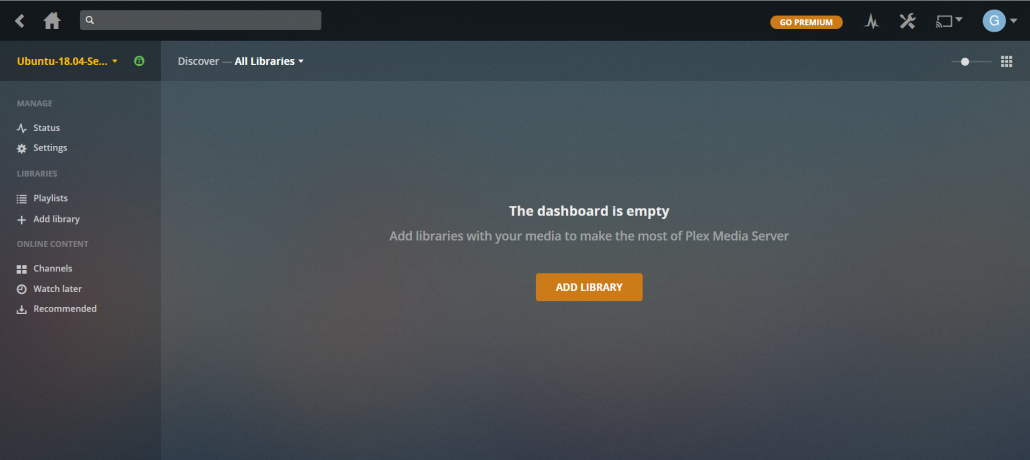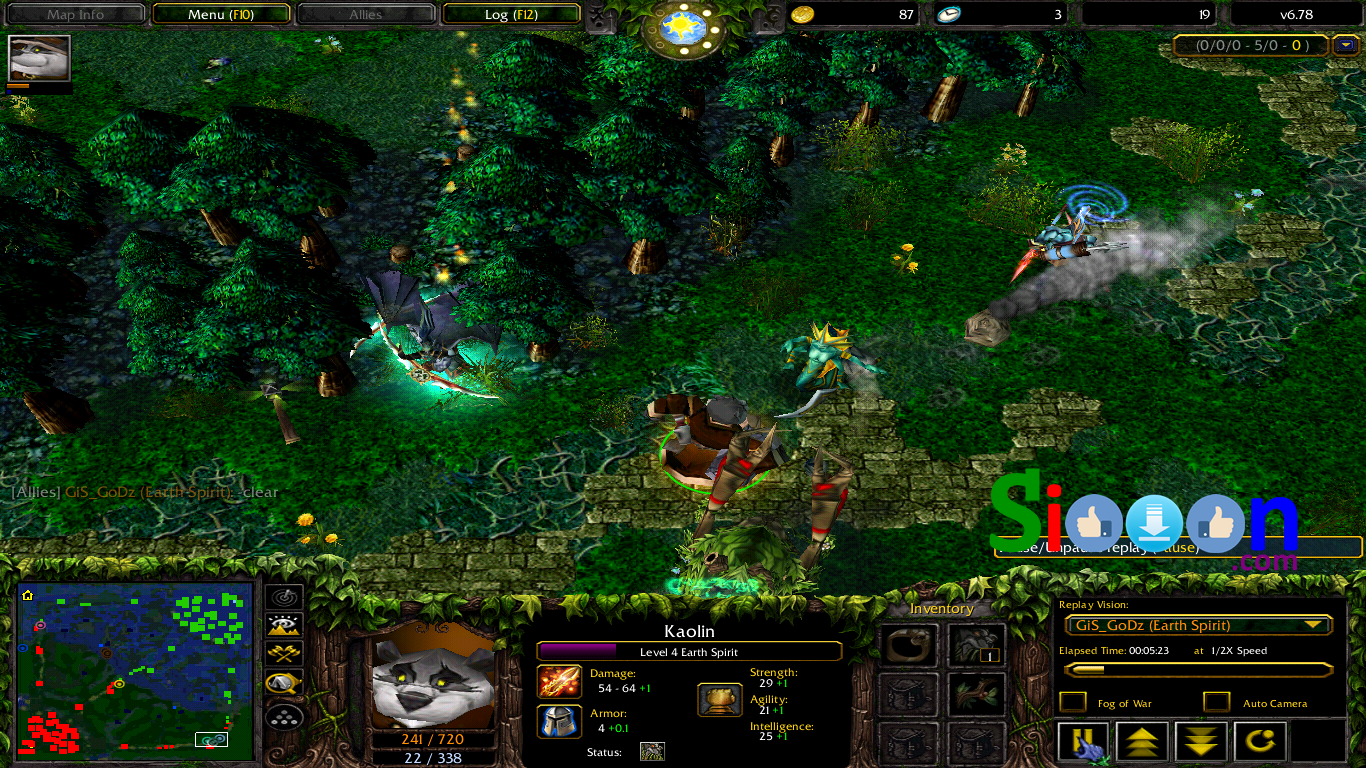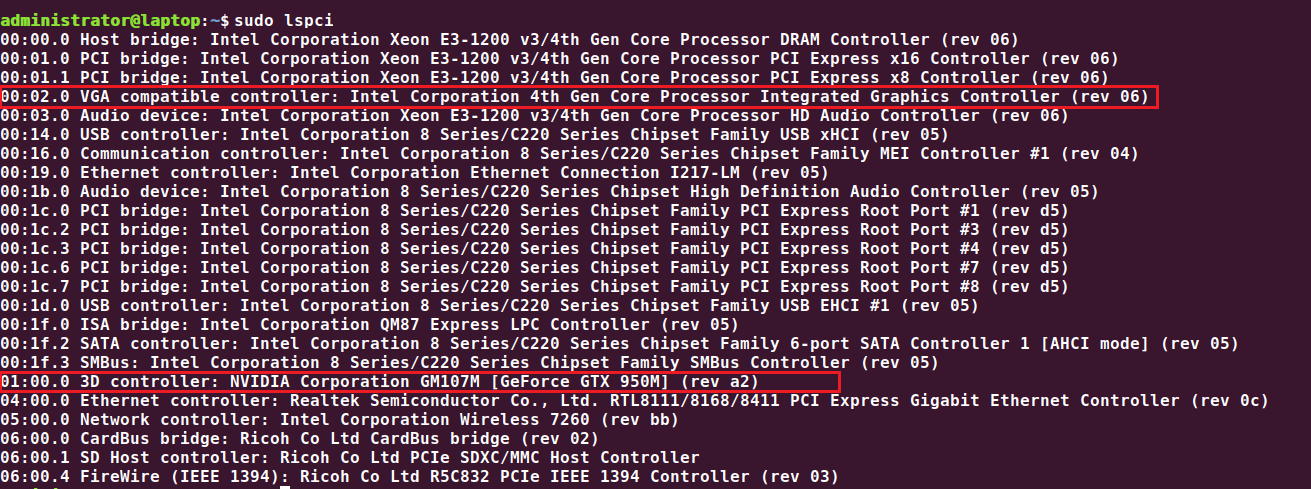
It reports a variety of types, too-not just PCI hardware. You can also use the lshw command to list the hardware installed on a Linux computer. That’s useful info when more than one card is installed on a computer. The “” text at the end of the first line indicates this is the “operational” graphics card. The card is an NVIDIA Corporation GP108, and, after a few seconds with a search engine, we found the NVIDIA tech page for that device. It gave us a lot of good information right away!

Memory at f0000000 (64-bit, prefetchable) Įxpansion ROM at 000c0000 Ĭapabilities: Power Management version 3Ĭapabilities: MSI: Enable+ Count=1/1 Maskable- 64bit+Ĭapabilities: Express Legacy Endpoint, MSI 00Ĭapabilities: Latency Tolerance ReportingĬapabilities: Advanced Error ReportingĬapabilities: Vendor Specific Information: ID=0001 Rev=1 Len=024 Ĭapabilities: Secondary PCI Express Memory at e0000000 (64-bit, prefetchable) Memory at f6000000 (32-bit, non-prefetchable) Subsystem: Gigabyte Technology Co., Ltd GP108 įlags: bus master, fast devsel, latency 0, IRQ 97 So you can see an example of real-world results, here’s the output from the host (physical) computer: 26:00.0 VGA compatible controller: NVIDIA Corporation GP108 (rev a1) (prog-if 00 ) Type the update-pciids command to do just that: sudo update-pciids It checks a local copy of the PCI database to identify the PCI devices it detects. Before we start, it’s wise to update the local copy of the PCI database. Wouldn’t it be great if we could tie the PCI database and the lspci command together? Well, actually, that’s exactly what happens when you run the lspci command. You can use the lspci command to list the PCI devices installed on a Linux computer, as well as some information about them. This means if you know some information about the device, you can look it up. The PCI ID Repository maintains a database of all known IDs for PCI devices.


The Peripheral Component Interconnect (PCI) standard is a common protocol you can use to talk to internal peripherals, such as graphics cards. It doesn’t matter! You can solve this conundrum either from the command line or through the graphical user interface (GUI). Let’s assume the worst-case scenario and say the drivers for the graphics card were never installed, so you can’t even look at those to get a clue.


 0 kommentar(er)
0 kommentar(er)
